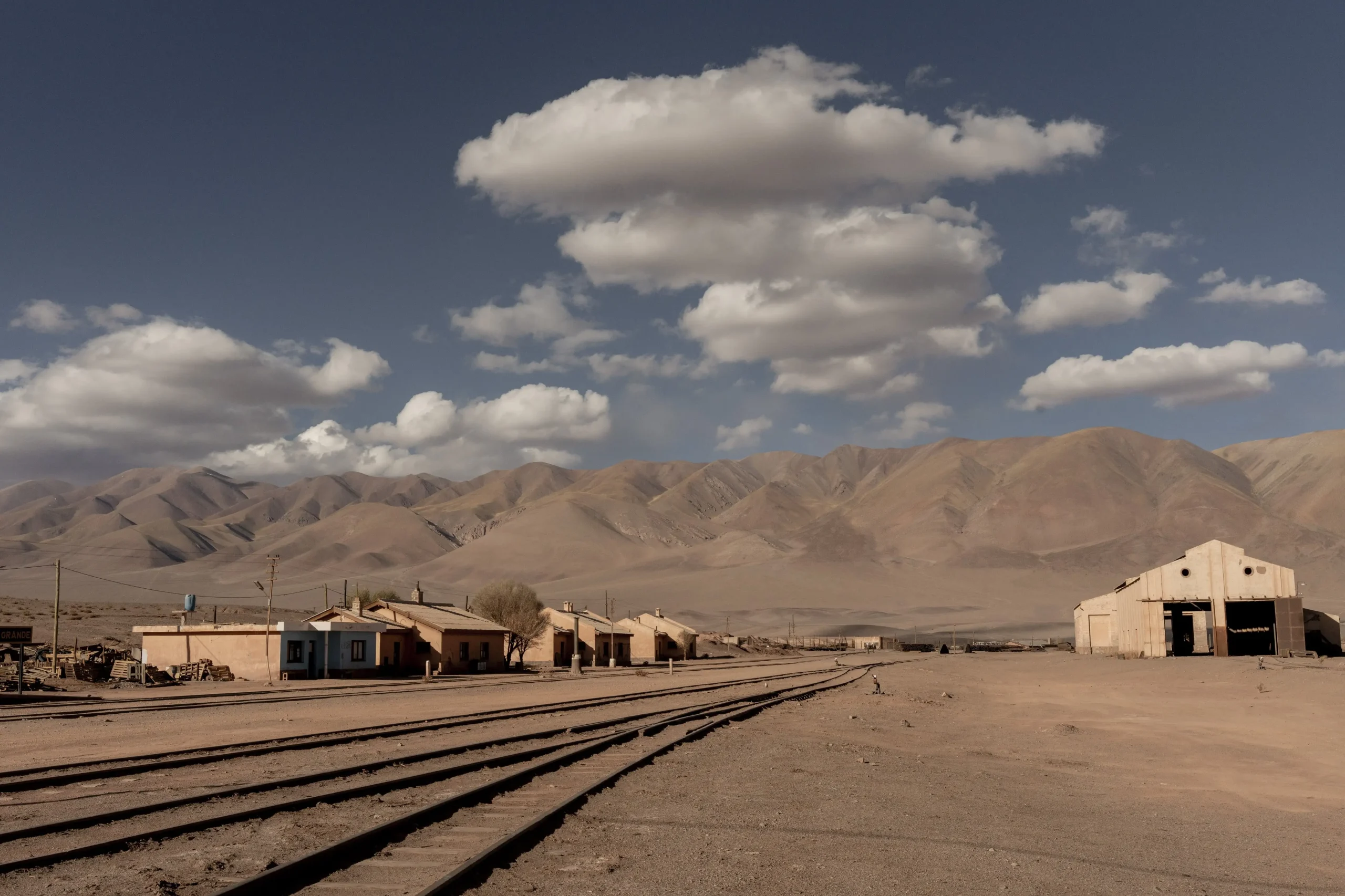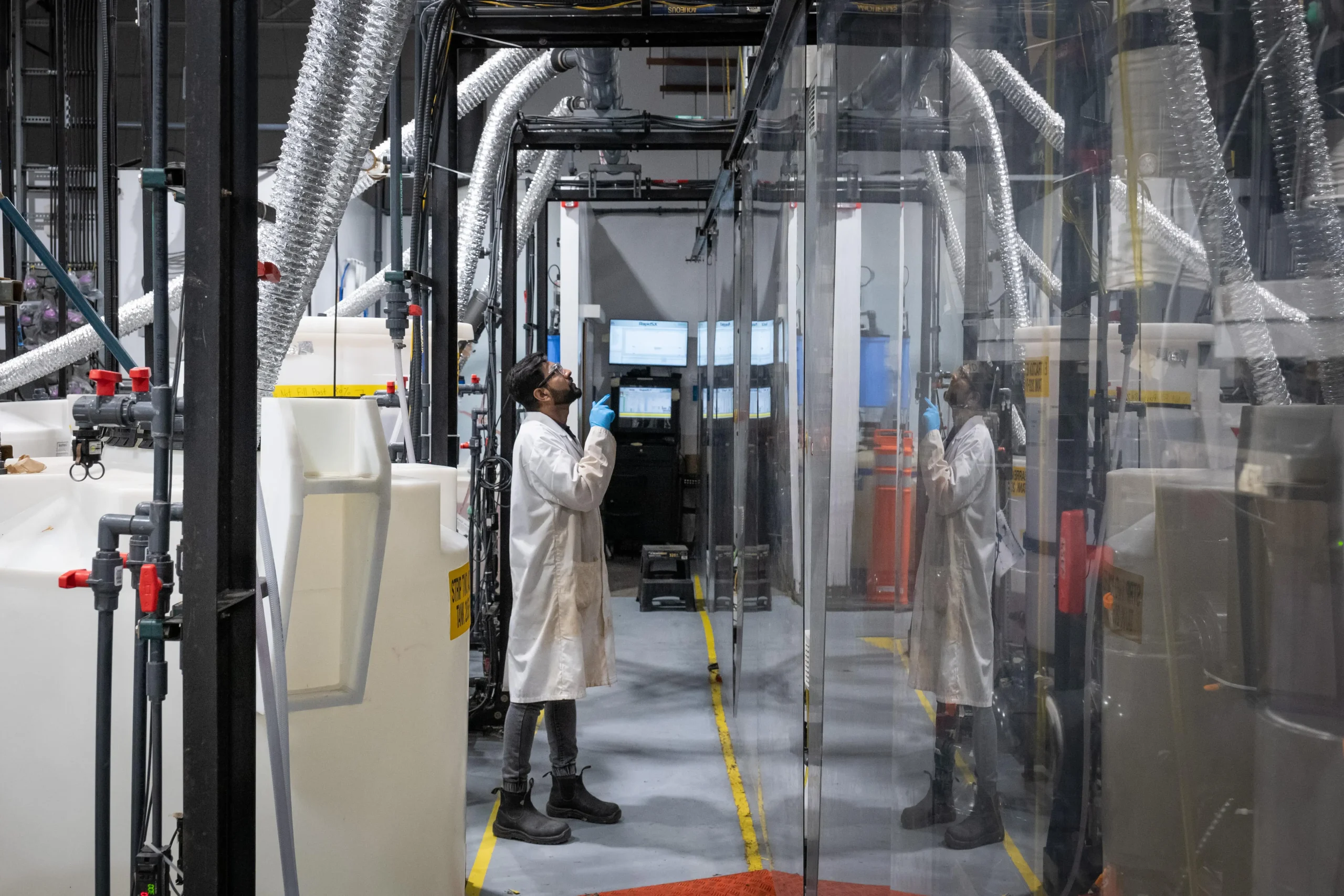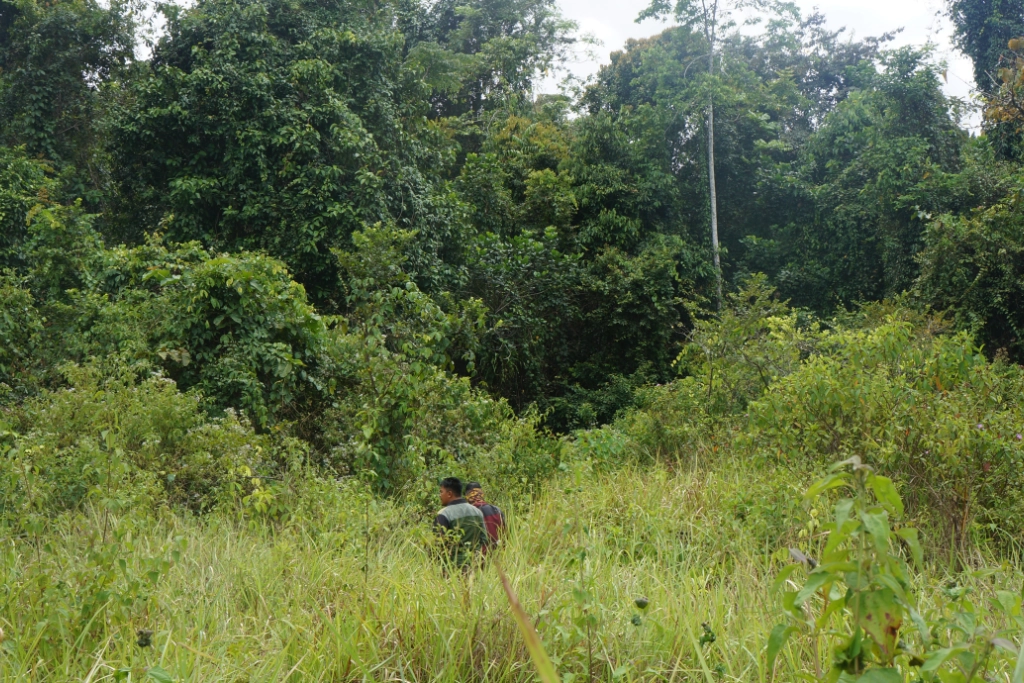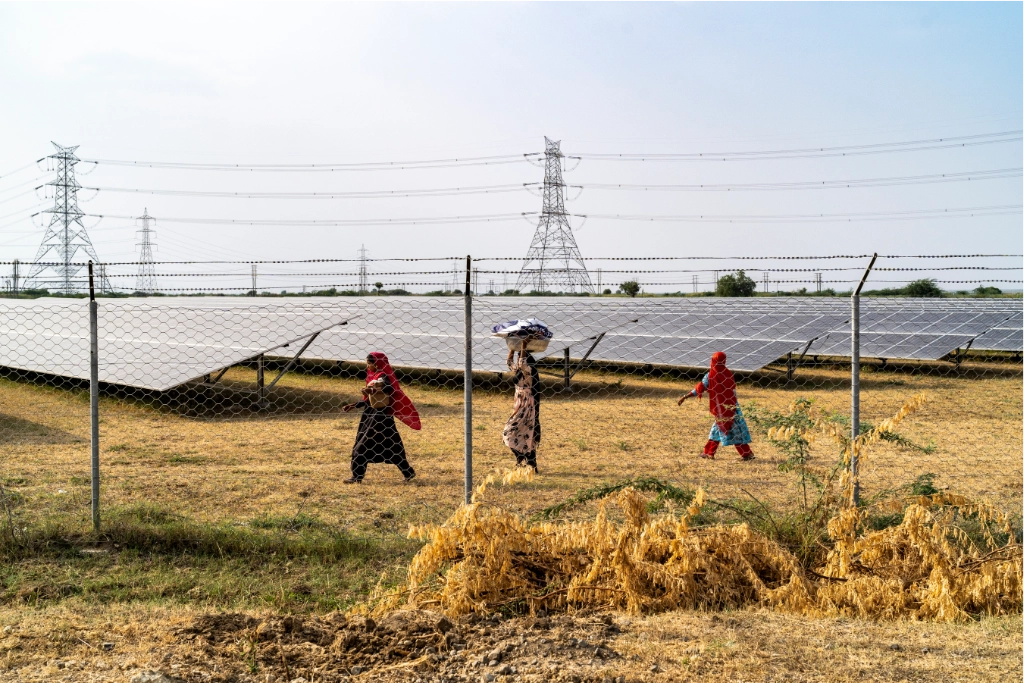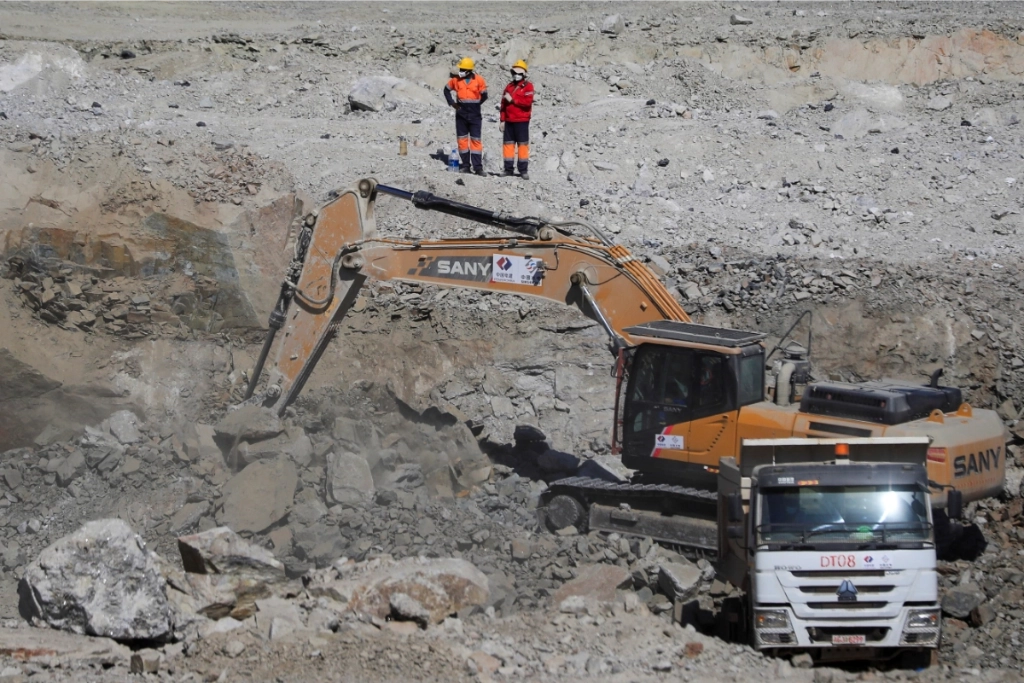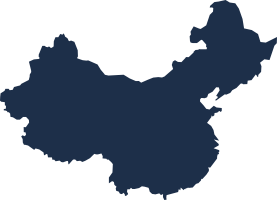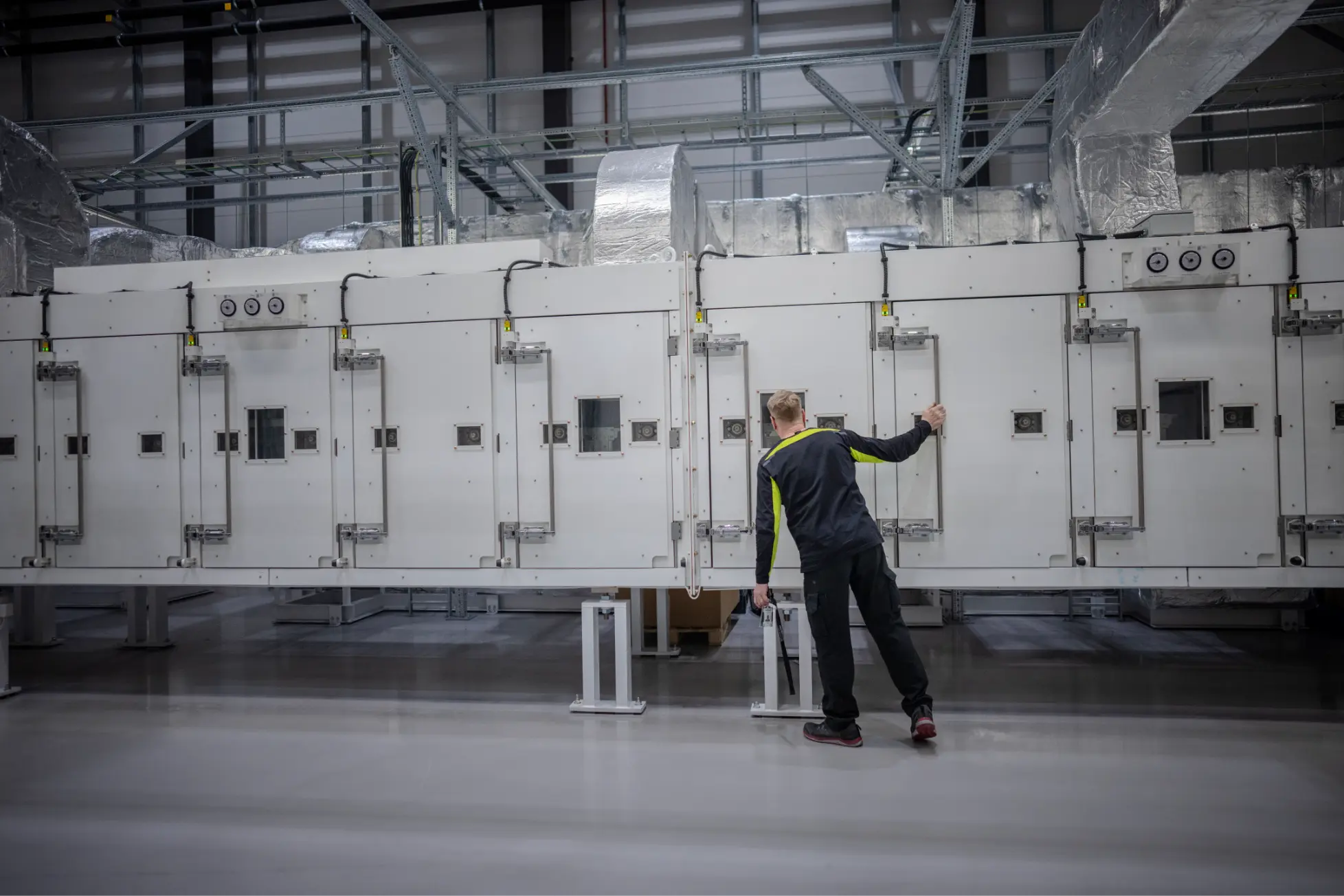

Sweden
Beyond lithium: how a Swedish battery company wants to power Europe’s green transition with salt
Northvolt has developed a sodium-based battery, which doesn’t require critical minerals and could help break European dependence on China for the technology

Sweden
Beyond lithium: how a Swedish battery company wants to power Europe’s green transition with salt
Northvolt has developed a sodium-based battery, which doesn’t require critical minerals and could help break European dependence on China for the technology

Argentina
Lithium tug of war: the US-China rivalry for Argentina’s white gold
As global competition hots up to secure lithium supplies for batteries, China is boosting its investments in Argentina while the US courts President Javier Milei
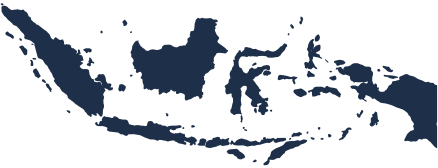
Indonesia
Indonesia turns traditional Indigenous land into nickel industrial zone
Indonesia supplies the EV industry with critical battery materials but the sector’s rapid expansion is infringing the rights of Indigenous peoples
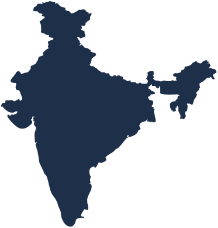
India
India wants its own solar industry but has to break reliance on China first
Clean energy FAQ
Supply chains overview
Energy production – mainly the burning of coal, oil, and gas – is the largest source of climate-warming emissions.
Critical minerals
Critical minerals – among them lithium, cobalt and nickel – can be found in everyday technologies, like mobile phones and laptops.
EV batteries
Boosted by advances in battery technologies, the sale of electric cars has seen exponential growth in recent years.
Why this project?
A wave of green industrialisation is needed if we are to manufacture the clean energy technologies at the scale and speed we need to wean the global economy off fossil fuels and keep the planet habitable.
From lithium mining in Zimbabwe that could supply China’s EV industry and India’s efforts to emerge as a global hub for solar manufacturing, to plans to turn Indigenous land in Indonesia into a nickel industrial park, this brings opportunities as well as challenges. At Climate Home, we believe it also calls for better scrutiny of this growing sector.
This is why, through a series of deeply reported articles, Climate Home News will explore the major trends, players, and innovations shaping the supply chain of clean energy technologies.
It starts with the dirty business of mining the critical minerals necessary to produce solar panels, wind turbines, and batteries. In some parts of the world, such as Indonesia’s nickel heartland in Sulawesi, this has led to competition — and at times conflict — over land.
In a world of heightened geopolitical tensions, the concentration of the extraction and processing of many critical minerals in a few countries has exacerbated competition and fostered new alliances as nations seek to secure access to resources.
This story cannot be told without highlighting the role of China, which towers over the manufacturing of solar panels, rechargeable batteries, and electric cars. Some mineral-rich nations such as Zimbabwe and Indonesia have attracted billions of dollars in Chinese investments to extract, refine, and process transition minerals.
Others in the west and India are seeking to compete with China’s dominance by diversifying their supply chains and gearing up their own manufacturing capacity.
Finally, across the world, scientists, engineers, and researchers are looking for solutions to make manufacturing clean energy technologies cheaper, more efficient, and with fewer impacts on the world’s most vulnerable peoples and ecosystems.
This series will tell the stories shaping the global clean energy supply chain. It will spotlight emerging trends, hold major players to account, and explore how these new industries can help the world build climate-proof economies and leave fossil fuels behind.


Why this project?
A wave of green industrialisation is needed if we are to manufacture the clean energy technologies at the scale and speed we need to wean the global economy off fossil fuels and keep the planet habitable.
From lithium mining in Zimbabwe that could supply China’s EV industry and India’s efforts to emerge as a global hub for solar manufacturing, to plans to turn Indigenous land in Indonesia into a nickel industrial park, this brings opportunities as well as challenges. At Climate Home, we believe it also calls for better scrutiny of this growing sector.
This is why, through a series of deeply reported articles, Climate Home News will explore the major trends, players, and innovations shaping the supply chain of clean energy technologies.
It starts with the dirty business of mining the critical minerals necessary to produce solar panels, wind turbines, and batteries. In some parts of the world, such as Indonesia’s nickel heartland in Sulawesi, this has led to competition — and at times conflict — over land.
In a world of heightened geopolitical tensions, the concentration of the extraction and processing of many critical minerals in a few countries has exacerbated competition and fostered new alliances as nations seek to secure access to resources.
This story cannot be told without highlighting the role of China, which towers over the manufacturing of solar panels, rechargeable batteries, and electric cars. Some mineral-rich nations such as Zimbabwe and Indonesia have attracted billions of dollars in Chinese investments to extract, refine, and process transition minerals.
Others in the west and India are seeking to compete with China’s dominance by diversifying their supply chains and gearing up their own manufacturing capacity.
Finally, across the world, scientists, engineers, and researchers are looking for solutions to make manufacturing clean energy technologies cheaper, more efficient, and with fewer impacts on the world’s most vulnerable peoples and ecosystems.
This series will tell the stories shaping the global clean energy supply chain. It will spotlight emerging trends, hold major players to account, and explore how these new industries can help the world build climate-proof economies and leave fossil fuels behind.



